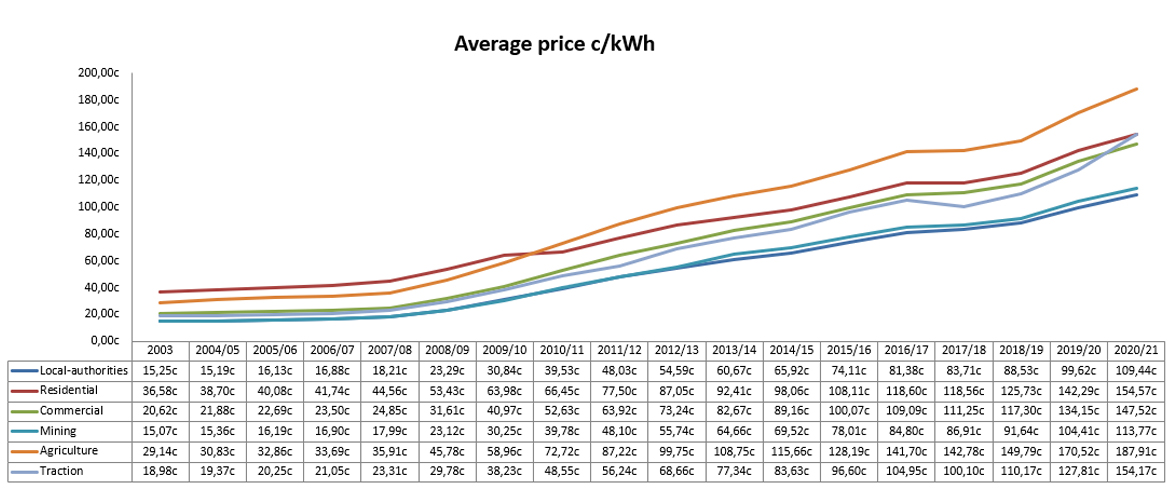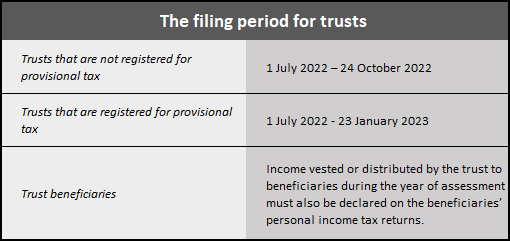
“The main objective… is to provide compensation for disablement caused by occupational injuries or diseases sustained or contracted by employees, or for death resulting from injuries or diseases…” (Compensation for Occupational Injuries and Diseases Act)
Most employers – and particularly smaller businesses and domestic employers – are not able to provide cost-effective medical or insurance cover for their employees, even though the vast majority would want their employees to be compensated if they are injured, become ill or die at or because of their work.
This is the objective of the Compensation for Occupational Injuries and Diseases Act also known as COIDA: to ensure that anyone who is employed under a contract of service, whether full-time or on a casual basis, and receives wages or a salary, whether on a weekly or monthly basis, can claim compensation in terms of the Act and, where an employee is fatally injured, the dependents can claim compensation.
What are the benefits of registration?
Employers are obliged by the Act to register and to take out this insurance, because it provides a means to assist employees who are injured on duty or contract occupational diseases with medical costs and loss of earnings, and also protects against civil claims. The Compensation Fund is a no-fault system, which means there is no need to prove that an employer was at fault.
Employees who are injured on duty or contract occupational diseases are not left destitute and unable to work but have the means to cover the necessary medical expenses and rehabilitation costs, as well as to claim compensation for the loss of earnings. Where an employee is fatally injured at or due to work, the dependents will receive a pension. The compensation awarded does not form part of the deceased employee’s estate and can also not be attached to satisfy a debt.
COIDA prevents employees from suing their employers for occupational injury or disease, instead giving them this statutory insurance cover. So the Fund will still process claims from employees whose employers have not registered with it as required. But the Fund can then recover from the unregistered employer all the compensation it pays out, plus it won’t refund the employer for any medical costs the employer has paid. In other words, if you don’t register you risk having to pay out of your own pocket the full compensation claim, in addition to fines and penalties for non-registration. The total could be substantial, incorporating medical costs and compensation for loss of earnings, permanent disablement, death and even pension payments.
What is covered by COIDA?
The compensation is money paid by the Compensation Fund to employees who were injured on duty, to replace loss of wages and/or to pay medical expenses. The compensation is only paid if the employee is off work for three days or more but cover for medical expenses is not limited by this provision. The Fund does not cover pain and suffering.
Medical Expenses: Immediately after incurring an injury or disease on duty, employees can get medical attention from any medical practitioner of their choice in their area. Emergency treatment does not require pre-authorisation from the Compensation Fund. Medical expenses are paid by the Fund where it has accepted liability for the claim, covering reasonable costs incurred for the first 24 months. All reasonable medication related to the employee’s injury and prescribed by the treating doctor will also be covered.
Loss of earnings: If an employee is booked off from work for a serious injury, the employer is obliged to pay 75% of the employee’s earnings/wages (as at the time of the accident) during the time the employee is unfit for duty but limited to the first three months. This can be claimed back from the Compensation Fund. The salary/ wages of employees booked off work for more than three months must be claimed directly from the Compensation Fund.
Permanent disability: A permanent injury, such as deafness, blindness, amputation or permanent disablement, is assessed according to a percentage of disability specified in the Act. If a disability is assessed at 30% or less, an employee may qualify for a once-off lump sum payment for that injury. If the disability is assessed at more than 30%, the employee may receive a monthly pension for life, based on earnings at the time of the accident.
Death: If an employee dies as a result of the injury or disease, the dependents may receive a pension for life. All children will qualify up to age 18 years unless still at school or attending a tertiary institution.
Should you be registered with the Compensation Fund?
All employers who employ one or more part-time, casual, temporary or full-time employees for the purpose of a business, farming or organisational activities must register with the Compensation Fund within seven (7) days after the first employee was employed.
Sole proprietors and partners, shareholders or “silent partners” who are only paid dividends or sharing profits, are not employees in terms of CIODA.
Following a Constitutional Court ruling that domestic workers should also have the right to access social security in terms of COIDA, all employers of domestic workers – including those employed before the ruling – must now register with and submit the necessary returns to the Compensation Fund. A “domestic worker”’ is defined as any employee who performs domestic work in the home of their employer, and includes gardeners, household drivers and care takers but not farm workers.
Employers must also notify the Compensation Commissioner within 7 days of any change in the particulars provided when registering.
What is required for compliance?
An employer is regarded to be in good standing when:
- Registered with the Compensation Fund
- Records of earnings and particulars of employees are up to date and ready to be produced upon request
- Accidents are reported timeously
- Annual Return of Earnings is submitted timeously
- Assessments are paid up to date
For registration with the Compensation Fund, employers require Registration of Employer form (W.As.2); a copy of Companies and Intellectual Property Commission (CIPC) documents; and a copy of the authorised director’s ID document. (Companies with no employees who need to register to meet the requirements on tender documents, can request an exemption letter and do not have to complete the registration process.)
Employers are also required to keep updated records of earnings and particulars of employees and must be able to produce these records on request.
Furthermore, an employer is mandated to report an injury on duty within 7 days of receiving notice or an occupational disease contracted on duty within 14 days as soon as receiving notice. Employers can register and use the online claims registration system called COMPEASY.
The next requirement is to submit Employer Return of Earnings (ROE) forms as per the Government Gazette. These can be filed via the free online Compensation Fund ROE Online System. A penalty of 10% on the final assessment will be imposed if the ROE is submitted after the due date.
Once ROEs are submitted, assessments are raised before the financial year end on the basis of a percentage of the annual earnings of the employees. The assessment tariffs are fixed according to the class of industry, are reviewed annually and are calculated based on the risk related to a particular type of work. Annual assessments are paid by registered employers and cannot be recovered from employees.
Payment must be made within 30 days and a penalty of 10% of the assessment is charged if the account is not settled after the due date. Interest at 15% of the balance is then charged every month until the account is settled.
Facing a site visit?
The Department of Labour has on previous occasions encouraged employers not to be threatened by site visits or inspections, but rather to regard these as opportunities to achieve compliance, knowing that follow-up site visits may be conducted to ensure any non-compliance has been addressed.
Indeed, if the requirements for compliance as set out above are met on an ongoing basis, a site visit should be a quick and painless process.
Facing an audit?
The Compensation Commissioner suggests submitting the following documents if an assessment is referred for audit.
- Affidavit stating the reason for variance or credit assessment
- Signed audited or independently reviewed annual financial statement for the year under review
- Detailed payroll report for the assessment year under review
- SARS EMP 501
- UIF Registration number
- Manual Return of Earnings (W.As.8)
- Power of Attorney if your company is represented by an accountant or consultant.
If the required information is not received within by the date stated, an assessment based on estimation will be made.
Getting ready
While these COIDA requirements may seem straightforward, small businesses may simply not have the resources to ensure continuous compliance. Failure to comply with the prescripts of COIDA constitutes an offense in terms of the legislation.
Having been pre-warned to expect site visits and audits by representatives of the Compensation Fund, you would be well-advised to seek professional assistance to ensure that the requirements for COIDA compliance are met at all times.











